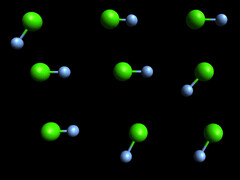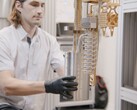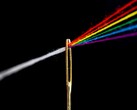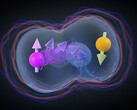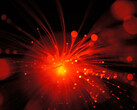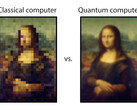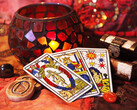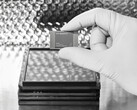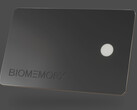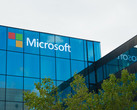Laser light can be used to capture, hold and precisely detect individual cells and even individual molecules. This principle of optical tweezers has been known for 30 years.
Now two research groups have used it to interconnect an entire array of molecules and use them like the qubits in a quantum computer. With one calcium and one fluorine atom each, which have an enormously large atomic charge difference, the classical observation of the states "0" and "1" could be achieved at the molecular level.
The effort required to achieve this structure is enormous. A whole complex of optical tweezers, basically lasers, is required, each of which holds a single molecule of calcium monofluoride.
The molecules have to be cooled down to near absolute zero at -463.27 °F so that they no longer vibrate. Individual molecules can then be set in rotation with the minimum possible energy according to the uncertainty principle.
Information processing of the future
All in all, this still sounds rather impractical and is likely to be even more gigantic and power-hungry than the room-filling cabinet computers of the 1960s.
What will be exciting, however, is what the researchers have to say about future experiments. Because a molecule is comparatively complex compared to a transistor or even a qubit in a quantum computer, the number of measurable states increases.
In the next step, "0" and "1" in the well-known bit and qubit are to become a tribit or qutrit with the possible states -1, 0 and +1 in the quantum computer based on molecules.
This means that not only the unit that stores the basic information shrinks from the nanometer to the picometer range. Using "3" as the basis also results in a much higher information density. Instead of 100 bits, for example, only 63 tribits are required.
If a Apple M2 Ultra can have a total of 134 billion transistors, 100 trillion states could be accommodated on the same surface area at some point in the future - in other words, theoretically.




